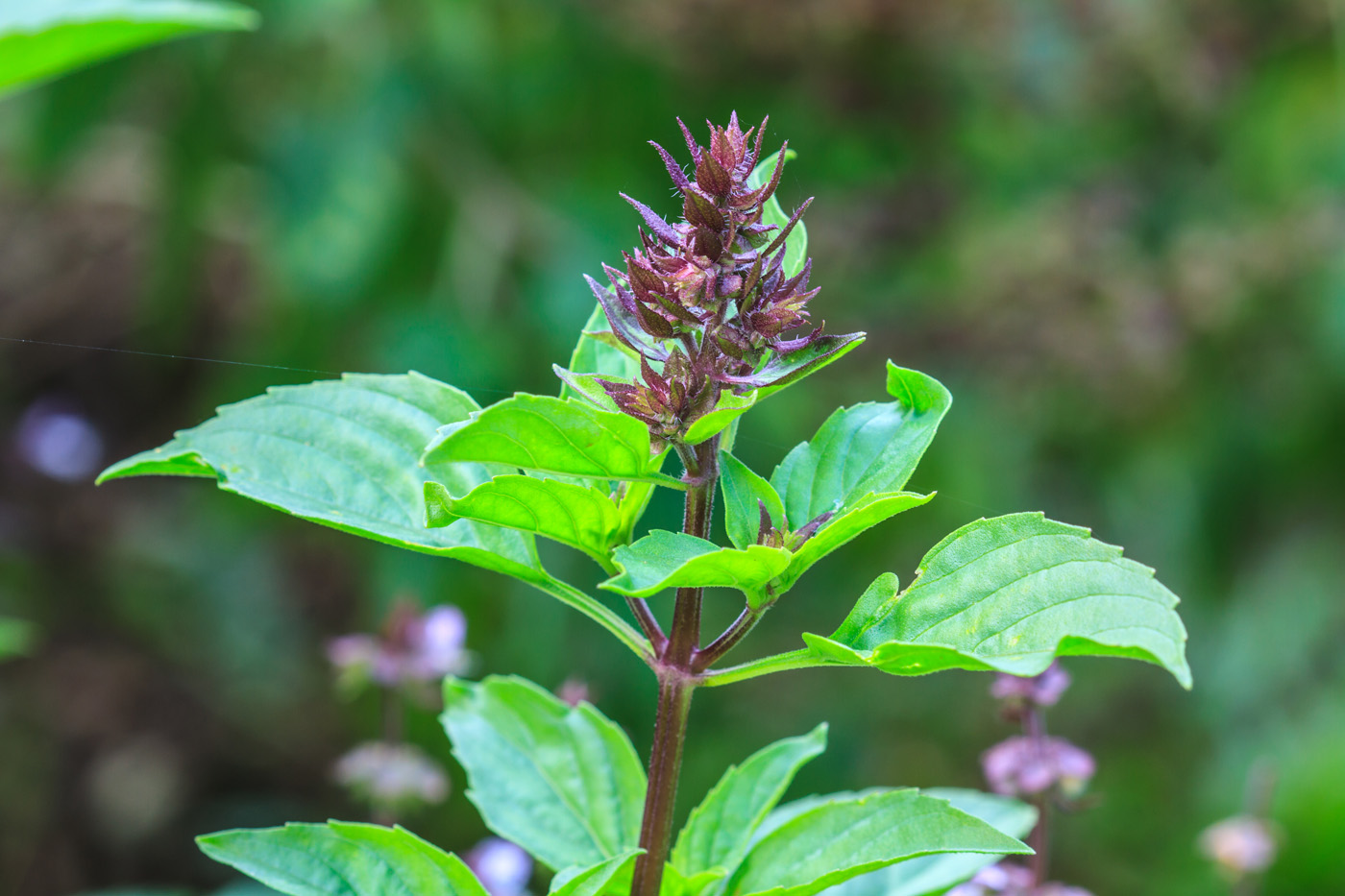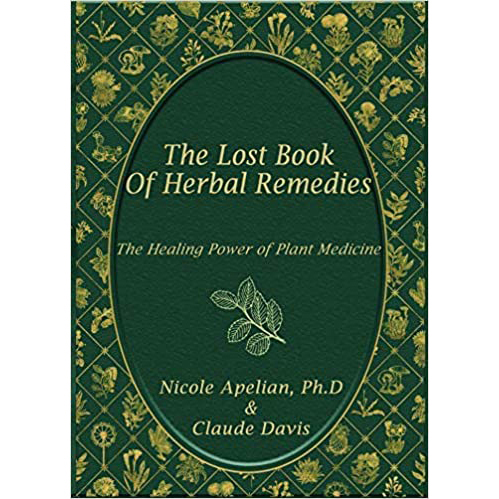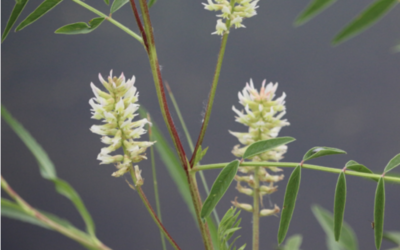Tulsi: A Sacred Herb for Depression, Detoxification, Dental Care, and More!
Basic Identification. Also known as tulsi, holy basil is part of the Lamiaceae (mint) family. A perennial herb, it is often grown for both religious and medicinal use. Do not confuse it with Thai holy basil, Thai basil, or sweet basil — it is a different plant altogether.
Holy basil grows in a shrub form up to 1-2 feet (0.3m-0.6m) tall. The ovate leaves are 2 inches (5cm) long and are either green or purple in color. The margin is typically toothed, but not always. The leaves have a strong anise scent and have a spicy, slightly bitter taste. Flower stems are red and hairy. Tiny purple flowers emerge on tall stems above the leaves.
Where Does It Grow? Known as “The Queen of Herbs”, holy basil is native to Southeast Asia and the subcontinent. It thrives in well-drained, nutrient-rich soil and steady temperatures around 70ºF. Holy basil needs plenty of sunlight, although it will tolerate a small amount of dappled shade. It can be cultivated in many areas around the world — including the USA.
Edible Uses. While more bitter in taste than other types of basil, holy basil is often chewed or brewed as a calming tea. The leaves can be dried and ground for later use. It is important to only harvest the herb from sources that are free from herbicides, pesticides, and pollutants.

Recipes. Holy Basil Tea: 2 to 3 teaspoons of dried holy basil leaves, 1 cup boiling water. Pour boiling water over dried holy basil leaves, cover and allow the mixture to steep for five to six minutes. Strain and enjoy.
Medicinal Uses*. Holy basil is a powerful anti-inflammatory, antibacterial, antifungal, and antibiotic. It can be used both internally and externally for a variety of health issues, including: cancer, skin rashes, dental care, infections, pain relief, heart disease, depression, vision problems, and more. As an adaptogen, it helps to protect against chemical, emotional, infectious, and physical stress, while promoting endurance and energy.
Holy basil can be enjoyed as a tincture, tea, used as a vegetable or flavoring, or taken as a supplement. You can dry and crush holy basil leaves and place it in capsules for daily use. As a preventative, aim for 300-2,000 mg/day. To treat an existing condition, take 600 to 1,800 mg two to three times daily or use a daily tincture.
Here are my top 3 uses for holy basil:
Lowers Blood Sugar and Curbs Weight Gain. For those with type 2 diabetes, holy basil works to reduce blood sugar levels and assists with keeping it stable. The herb reduces excess insulin in the blood, which helps to prevent weight gain. It also addresses high cholesterol and hypertension — two health issues that often go hand-in-hand with diabetes. Its cardiovascular effect of the extract has been attributed to eugenol, which exerts its effect by blocking the calcium channels.**
Detoxification, Kidney Stones, Diuretic. Holy basil is an excellent detoxifier as it increases urination, flushes out toxins, cleanses the kidneys, and protects the liver. It also helps to prevent kidney stones by lowering the levels of uric acid in the body. Moreover, holy basil helps to alleviate the pain of passing kidney stones.
Relives the Respiratory Distress of Bronchitis and Asthma. A powerful decongestant, holy basil not only clears the lungs of mucus from chronic or acute bronchitis, it also opens the breathing passages, which is an important consideration for those struggling with asthma. The benefits of the herb are enhanced when used as an essential oil. These healing properties also apply to any form of lung damage, such as harm caused by smoking, environmental toxins, and illness.
Deepen Your Knowledge of Medicinal Herbs
But that’s not all. There are over 21 medicinal uses for holy basil in my book, The Lost Book of Herbal Remedies: The Healing Power of Plant Medicine. Detailed harvesting advice for this herb and many other easy-to-find plants are included. What’s more, it shows you how to make tinctures right in your own home. Nature does indeed provide!
Nicole Apelian
Safety
Holy basil is considered safe for eating and medicinal uses. If you are pregnant or breastfeeding, avoid holy basil as the effects on the child are unknown. It should be used with care when taking insulin or anti-diabetes drugs. Those with hypothyroidism should not use holy basil as it may lower thyroxine levels. Do not use 2 weeks before a scheduled surgery as the herb can interfere with blood clotting.
References
*Cohen M. M. (2014). Tulsi – Ocimum sanctum: A herb for all reasons. Journal of Ayurveda and integrative medicine, 5(4), 251–259. https://doi.org/10.4103/0975-9476.146554 https://www.ncbi.nlm.nih.gov/pmc/articles/PMC4296439/
**Azhar I, Aftab K, Usmanghani K. Naturally occurring calcium channel blockers. Hamdard Medicus. 1995;38:5–16. [Google Scholar]





